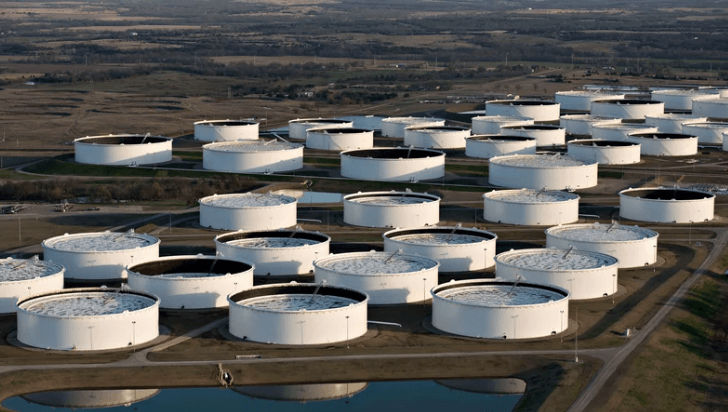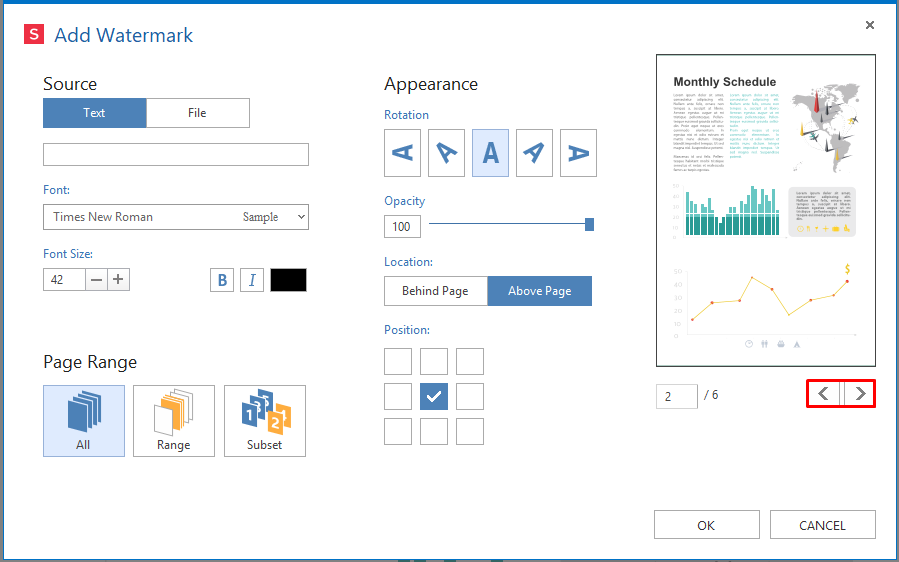How Oil Wells Are Made?

Oil plays a significant role in the global economy. All over the world, oil wells work around the clock to remove oil from underneath the ground, after which it can be transported where it’s needed. Have you ever wondered how these oil wells work and what the oil extraction process looks like? If so, below you’ll find a brief outline of the process that most oil companies use when extracting oil from oil wells.
Table of Contents
Choosing a Location
First, the oil company needs to know where to place their oil well. To do this, they rely on a team of geologists who study the rock layers below the earth’s surface. Using tools such as seismic surveys, geologists can determine which areas are likely to have large oil deposits under the ground. From there, the oil company works to secure the rights to that land so that they can begin setting up their new well. After that, they may work with a provider of oil well services to help them install the equipment they need or they may use their own equipment.
Drilling a Hole
After deciding where exactly they are going to place the well, the next step is to begin drilling a hole into the earth. Oil wells need to go deep underground to help remove as much oil as possible. To do this, a tool called a drilling string is used, which has a long drill bit on the end of it. This bit can vary in diameter depending on the need, somewhere between five and 50 inches.
The drill carves out a section of the earth a little bit at a time. After completing each section, a steel pipe that’s a little smaller than the hole goes into the ground. To secure this pipe, cement typically goes around the edges and fills in the gaps. The purpose of this casing is to provide the hole with more structural integrity. The drill continues to dig deeper, with more sections of pipe added as the drill moves downward until the well reaches the desired length.
Tube Perforation
Now that the metal casing extends far enough into the ground, the oil company needs a way to bring the oil to the surface. They do this by perforating the casing, which allows the oil in the ground to enter the tube. They’ll also typically add a substance like sand or gravel to the bottom of the well, which acts as a screen.
Oil Extraction
The next step includes cleaning and fracturing the surrounding rock. To do this, a high-pressure fluid such as water or acid gets pumped through the system. The result is that there is more pressure underground, along with shifting rocks, which encourages hydrocarbons to enter the well.
From this, there is typically enough pressure inside the reservoir for the oil to come to the surface on its own. In some cases, however, the oil company may use a tool like a pumpjack to help extract the oil. In either event, once the oil reaches the surface, the oil company has tools in place to collect the oil. It can then begin transporting it to its desired location through piping.
Oil Well Decommission
Finally, there is only so much oil underneath the ground. At the same time, it costs oil companies money to keep their wells running efficiently. Therefore, once the oil levels underground reach a level where it no longer makes financial sense to continue to extract, the oil company then begins the process of decommissioning the oil well. To do this, they’ll remove all of the installed tubings, then fill the well with cement to prevent any oil reservoirs from mixing with water supplies. Finally, all tools used for the well are removed and a cap is welded into place before burying the oil well.
Understanding the Oil Well Process
As you can see, the creation and use of an oil well is a pretty simple process. However, it’s important for those drilling oil wells to take significant safety precautions, as drilling wells comes with some significant risks. For example, there is a lot of internal pressure underground, and if certain safety guidelines aren’t followed, it can lead to severe injuries for those working on the well. In addition, if there is an issue with the extraction process, it could lead to an oil spill, damaging the nearby environment.
Hopefully, this guide was able to shed some light on how this process works. While there are many nuances to oil wells depending on where it’s located and the technology used, the process above remains relatively the same for all wells. Oil plays such a significant role in all our lives so it’s often helpful to know how the process works.





